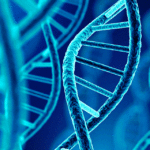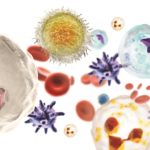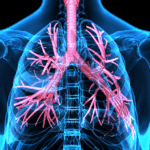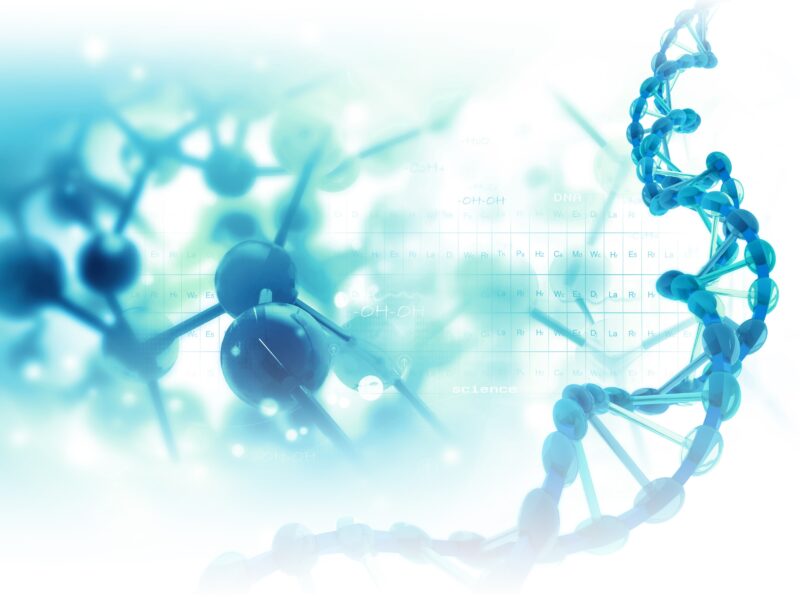Novel Approaches to Gene Therapies for Patients With Rare Genetic Diseases
Novel Approaches to Gene Therapies for Patients With Rare Genetic Diseases https://pediatricsnationwide.org/wp-content/themes/corpus/images/empty/thumbnail.jpg 150 150 Jessica Nye, PhD Jessica Nye, PhD https://secure.gravatar.com/avatar/?s=96&d=mm&r=g- January 28, 2022
- Jessica Nye, PhD
According to the National Institutes of Health (NIH), nearly 7,400 diseases have been identified and classified as “rare” or “orphan” — “rare” because each afflicts fewer than 200,000 people in the United States and “orphan” because drug companies, unlikely to recoup research and development costs from such small patient populations, have historically found them too uncommon to invest in. Collectively, however, these diseases affect an estimated 30 million people in the United States alone — nearly 1 in 10 — and more than 300 million people worldwide. Fewer than 10% have treatment options approved by the U.S. Food and Drug Administration (FDA).
In the 1990s, the translation of basic research on viral vectors, including adeno-associated virus (AAV) vectors, to medical applications presented an exciting new approach, and while gene therapy faced early setbacks, there have been a number of exciting developments. Since FDA approval of AAVs in 2017, researchers at Nationwide Children’s Hospital and beyond have been on a quest to make treatment a feasible reality for patients with rare diseases.
Paul T. Martin, PhD, a principal investigator in the Center for Gene Therapy in the Abigail Wexner Research Institute at Nationwide Children’s Hospital and professor of Pediatrics, Physiology and Cell Biology at The Ohio State University College of Medicine, is one of those researchers. His novel work on translational approaches is rapidly progressing therapeutics for rare genetic disorders, with the ultimate goal of reaching a population of patients who have been historically left out of drug discovery research.
Lipase A Deficiency
Dr. Martin is currently developing two gene therapies: one for lipase A deficiency and one for a slow-progressing disease of the muscle called GNE myopathy.
“Lipase A deficiency, which is sometimes also called lysosomal acid lipase deficiency, is a rare, recessive genetic disorder that leads to loss of a lysosomal enzyme that breaks down cholesterol esters into cholesterol and triglycerides into free fatty acids,” says Dr. Martin. “In its absence, the balance of fats and cholesterol are perturbed, which leads to very significant health consequences for patients such as liver disease and predisposition to heart disease and stroke.”
While individuals with a partial deficiency, or cholesteryl ester storage disease, can survive through adolescence and even early adulthood, babies born with a complete absence of the enzyme, or Wolman disease, may not be able to live longer than a few months without intervention.
The only available FDA-approved therapy for these patients an enzyme replacement therapy that typically must be delivered by infusion every two weeks. This replacement therapy is not a curative option and is difficult to maintain as a life-long therapy for many patients.
“We wanted to develop a gene therapy that would be more efficacious and allow us to have a single treatment that leads to long term benefits for patients,” says Dr. Martin.
At this stage, Dr. Martin and colleagues are preparing a paper for publication about satisfactory results from a proof-of-concept study of their gene therapy for lipase A deficient mice. This mouse model presents symptoms that are similar to those experienced by humans with cholesteryl ester storage disease. In the mouse model, the liver can be up to five-times larger than normal due to the deposition of fat in this organ.
“We’ve been able to show in our proof-of-concept study that we can reverse that process and bring the liver back to a normal, healthy state with a single-treatment gene therapy,” says Dr. Martin.
GNE Myopathy
Dr. Martin is also currently focusing on diseases of the muscle, including GNE myopathy, another rare, recessive disease. A mutation in the GNE gene causes progressive muscle weakness.
While gene therapies for some forms of muscular dystrophy, when AAVs deliver a gene replacement that stops disease progression, have been shown to be safe and effective during clinical trials. In the case of GNE myopathy, AAVs could allow a copy of the GNE gene without a mutation to be insert patient’s cells, thereby providing GNE gene function back to the patient. This type of gene therapy could be used to treat all patients with GNE myopathy, regardless of their particular genetic mutation, and once given, could arrest disease progression for decades — even a lifetime.
Dr. Martin says this approach, however, has significant limitations.
“While gene replacement therapies can arrest disease progression, they provide little promise for reversing the disease that’s already present,” says Dr. Martin. “When a patient is diagnosed, their muscles are already weakened. After a patient’s been treated, they may not get weaker, but they probably won’t get any better either.”
The current treatment landscape for patients with muscle diseases has led Dr. Martin to develop a bicistronic, or two gene, vector. This cutting-edge platform approach pairs the existing gene replacement function with an additional component.
“Our goal is not only to provide gene replacement, which will hopefully arrest the disease, but to provide a muscle building therapy on top of that. This will allow muscle tissues to replenish and become renewed — become bigger and stronger — at the same time. The net effect is that hopefully we could reverse the loss of strength in patients over time,” says Dr. Martin.
Dr. Martin and colleagues began exploring this approach to treating GNE myopathy due to the disease’s slow progression, but they plan to expand the application of this bicistronic vector technology to include other diseases of the muscle, including forms of muscular dystrophy.
About the author
Jessica Nye, PhD, is a freelance science and medical writer based in Barcelona, Spain. She completed her BS in biology and chemistry and MS in evolutionary biology at Florida State University. Dr. Nye studied population genetics for her doctorate in biomedicine at University of Pompeu Fabra. She conducted her postdoctoral research on the inheritance of complex traits at the Autonomous University of Barcelona.
-
Jessica Nye, PhDhttps://pediatricsnationwide.org/author/jessica-nye-phd/
-
Jessica Nye, PhDhttps://pediatricsnationwide.org/author/jessica-nye-phd/
-
Jessica Nye, PhDhttps://pediatricsnationwide.org/author/jessica-nye-phd/January 3, 2022
-
Jessica Nye, PhDhttps://pediatricsnationwide.org/author/jessica-nye-phd/
- Posted In:
- Features










